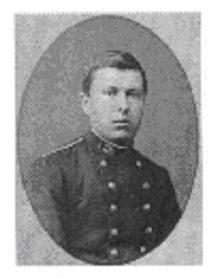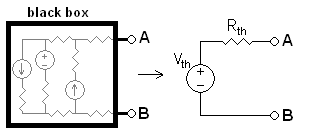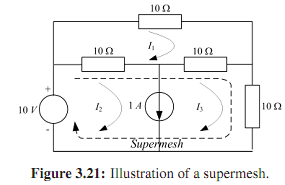Thevenin's Theorem
Case 2: Independent and Dependent Sources.
-If the circuit to be Thevenized has both dependent and independent source, the method described above cannot be used to find the Thevenin resistance. Instead, you must find the short circuit current, Isc (current through short circuit at terminals). Then the Thevenin resistance is given by RT=Voc/Isc.

Example of Circuit Problem using Case 2
Another Case: Only Dependent Sources.
-If only dependent sources are present, then the Thevenin voltage is zero, and the Thevenin resistance is determine by applying a test voltage Vtest and the terminals and determining the resulting current, Itest. The Thevenin resistance is given by RT=Vtest/Itest. (Likewise, for this third case, you can apply a test current and measure the resulting voltage).

Example of Circuit Problem with Dependent Sources Only
Watch an Example using Thevenin's Theorem Case 2:
Reflection:
Comparing Case 1 and Case 2, I find case 1 more easy than case 2. Since case 1 only involves Independent sources while case 2 involves Independent and dependent sources.














